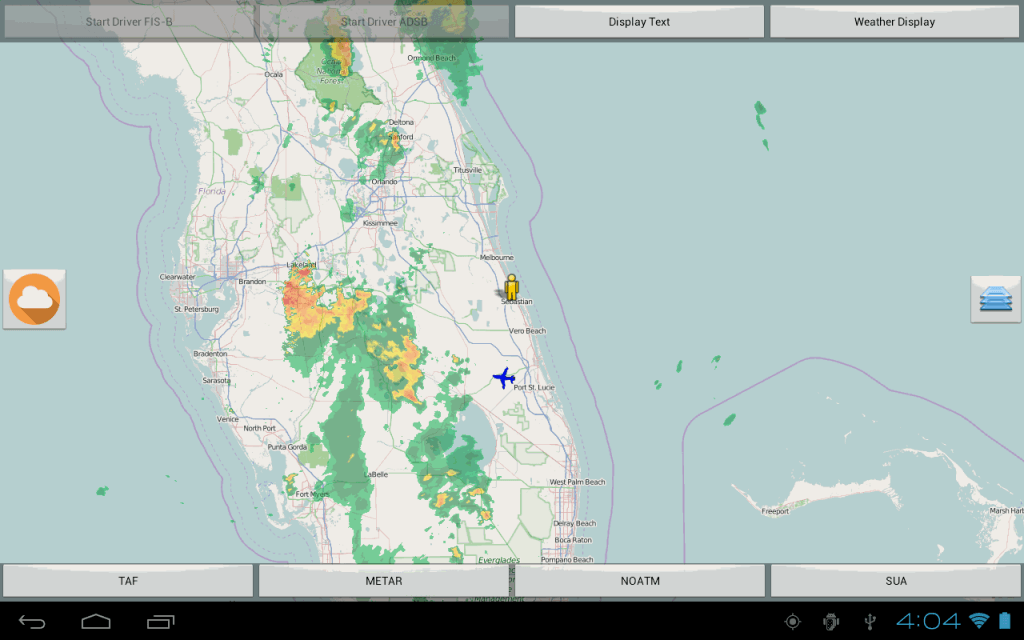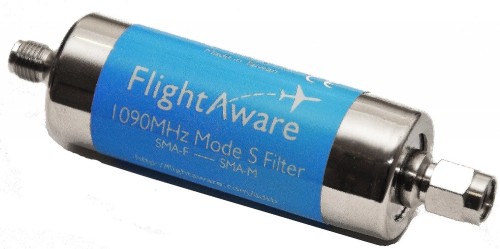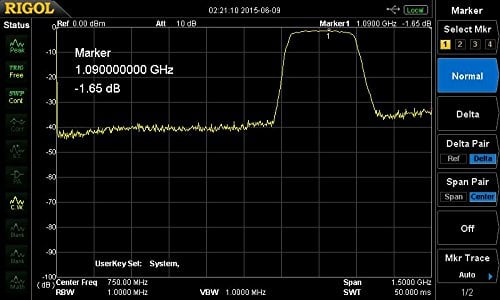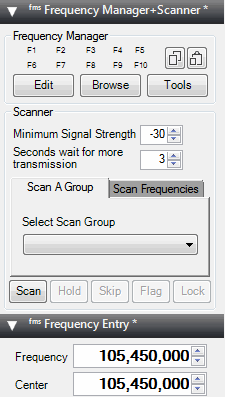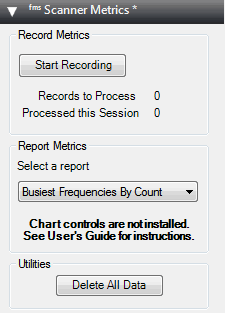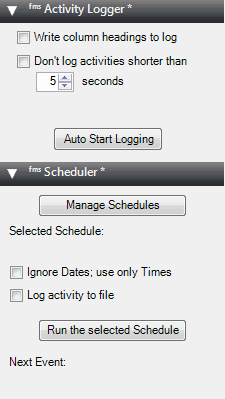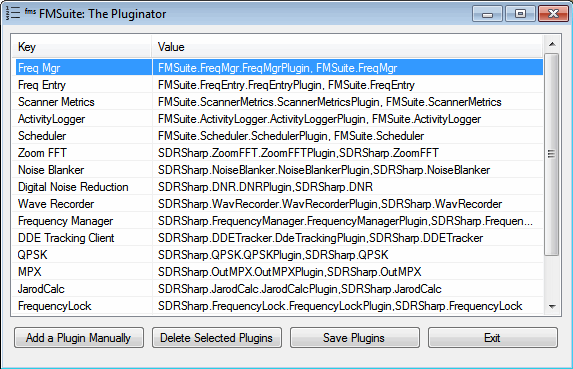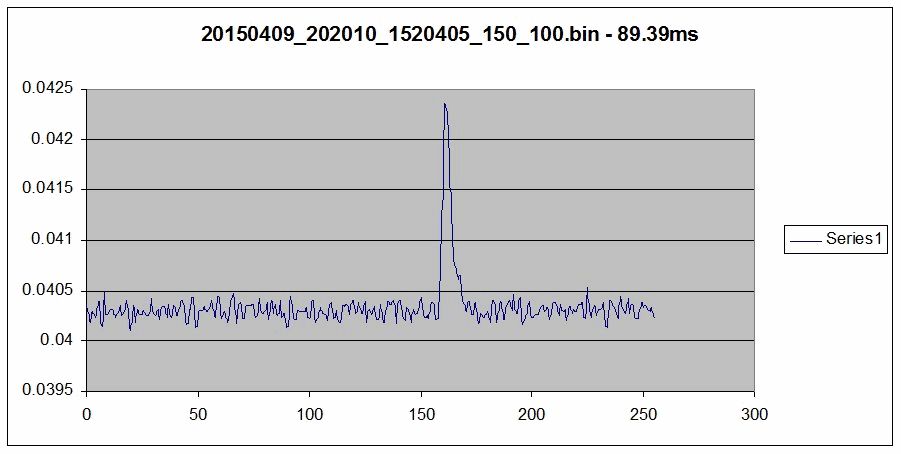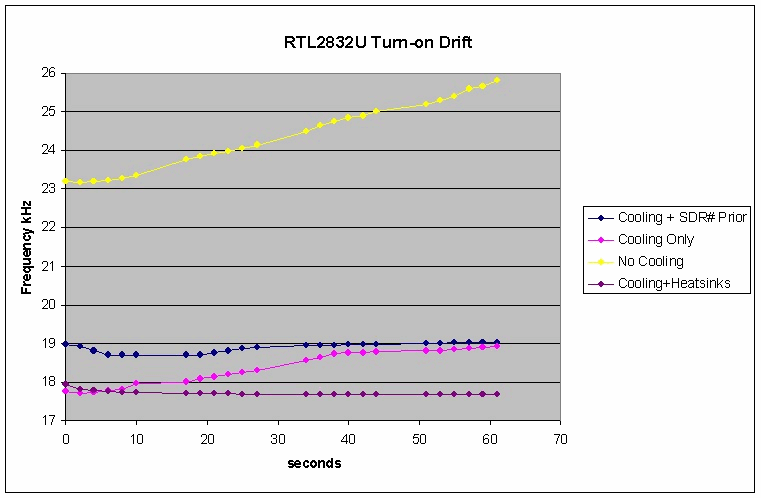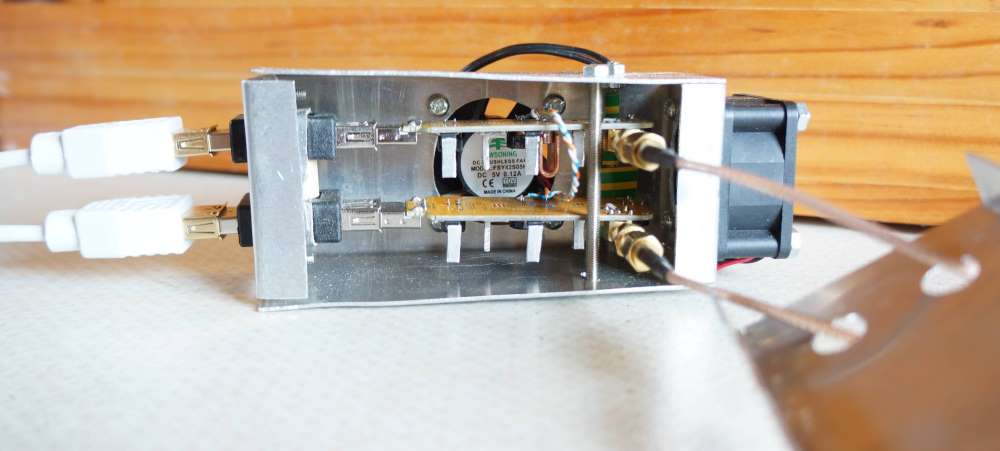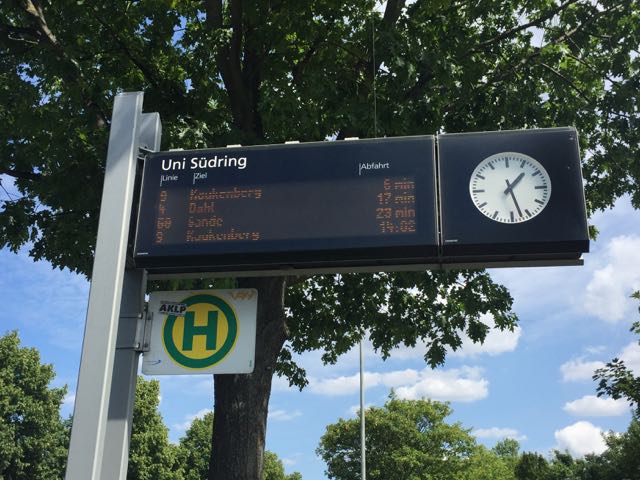ADS-B On Android App Now Supports 978 MHz FIS-B NEXRAD Weather and Traffic
The “ADS-B on Android” app has been updated and now supports the reception and display of 978 MHz UAT FIS-B Weather and Traffic data. The app also receives ADS-B data as per normal. To use the app you will need an RTL-SDR dongle and a USB OTG cable.
UAT stands for Universal Access Transceiver and is a protocol similar to ADS-B that is used mainly by smaller aircraft in the USA. UAT has some extra features for pilots compared to ADS-B. In addition to location information UAT provides a Traffic Information Service (TIS-B) which allows pilots in the air to see what ground control sees on their traditional RADAR system. It also provides a Flight Information Service-Broadcast (FIS-B) which includes NEXRAD weather data and other information. NEXRAD is an array of ground station weather radars that are used to provide pilots with accurate maps of precipitation and wind.
The free version of the app has ads and does not display NEXRAD weather radar on the default map. The pro version removes the ads and allows you to display a NEXRAD overlay on the map. It costs $2.50 USD.
Free Version: https://play.google.com/store/apps/details?id=com.wilsonae.android.usbserial
Pro Version: https://play.google.com/store/apps/details?id=com.wilsonae.android.usbserial.pro
